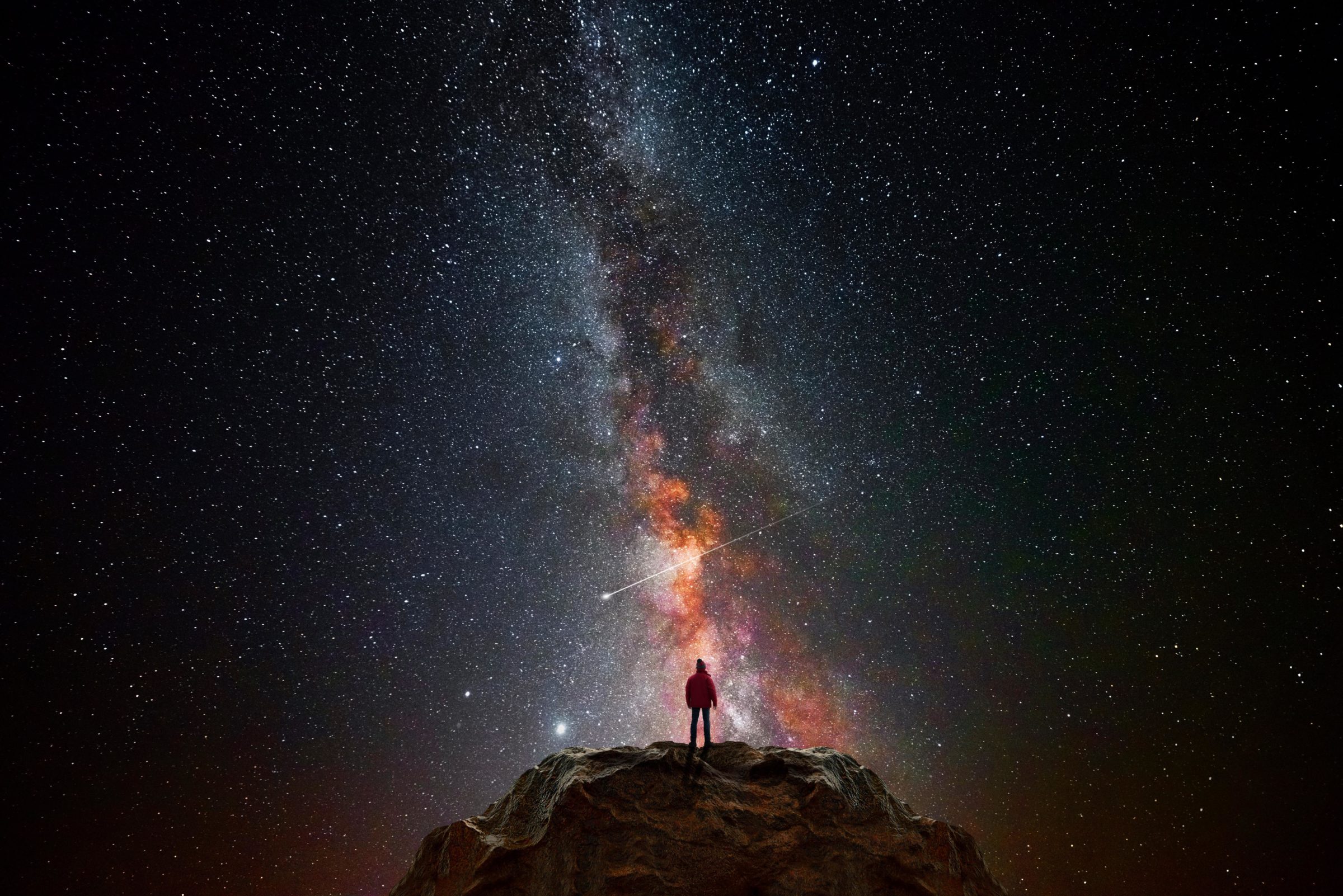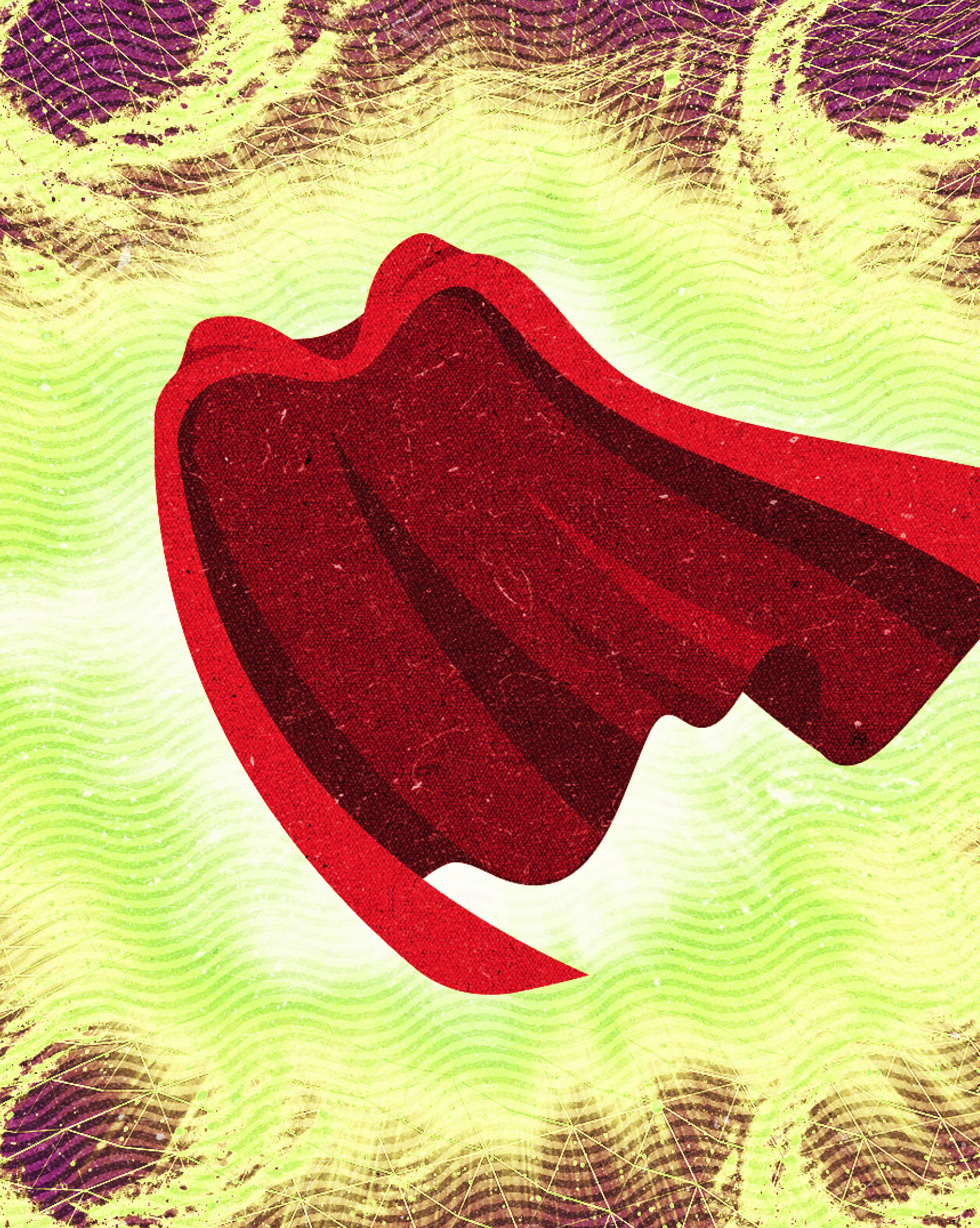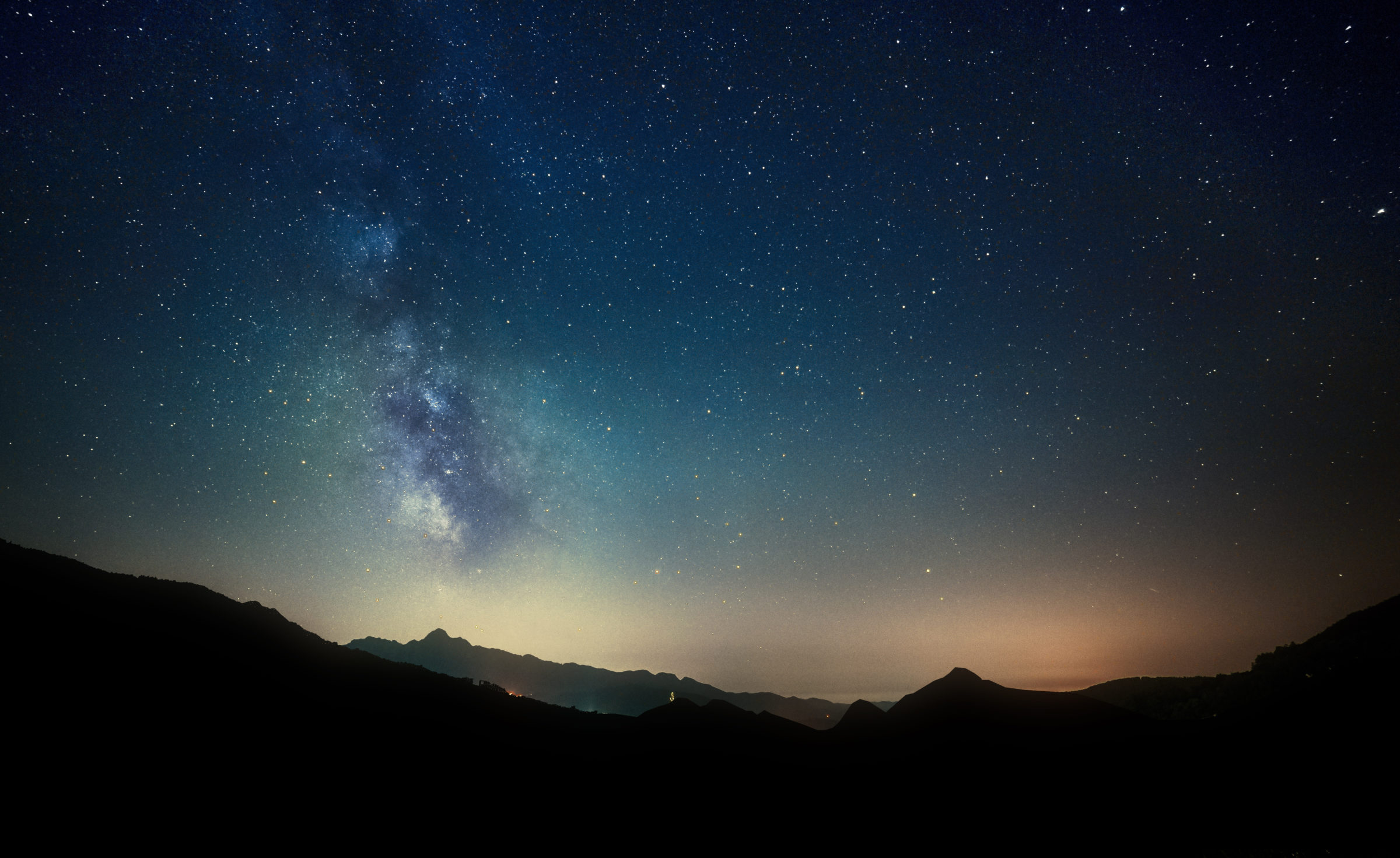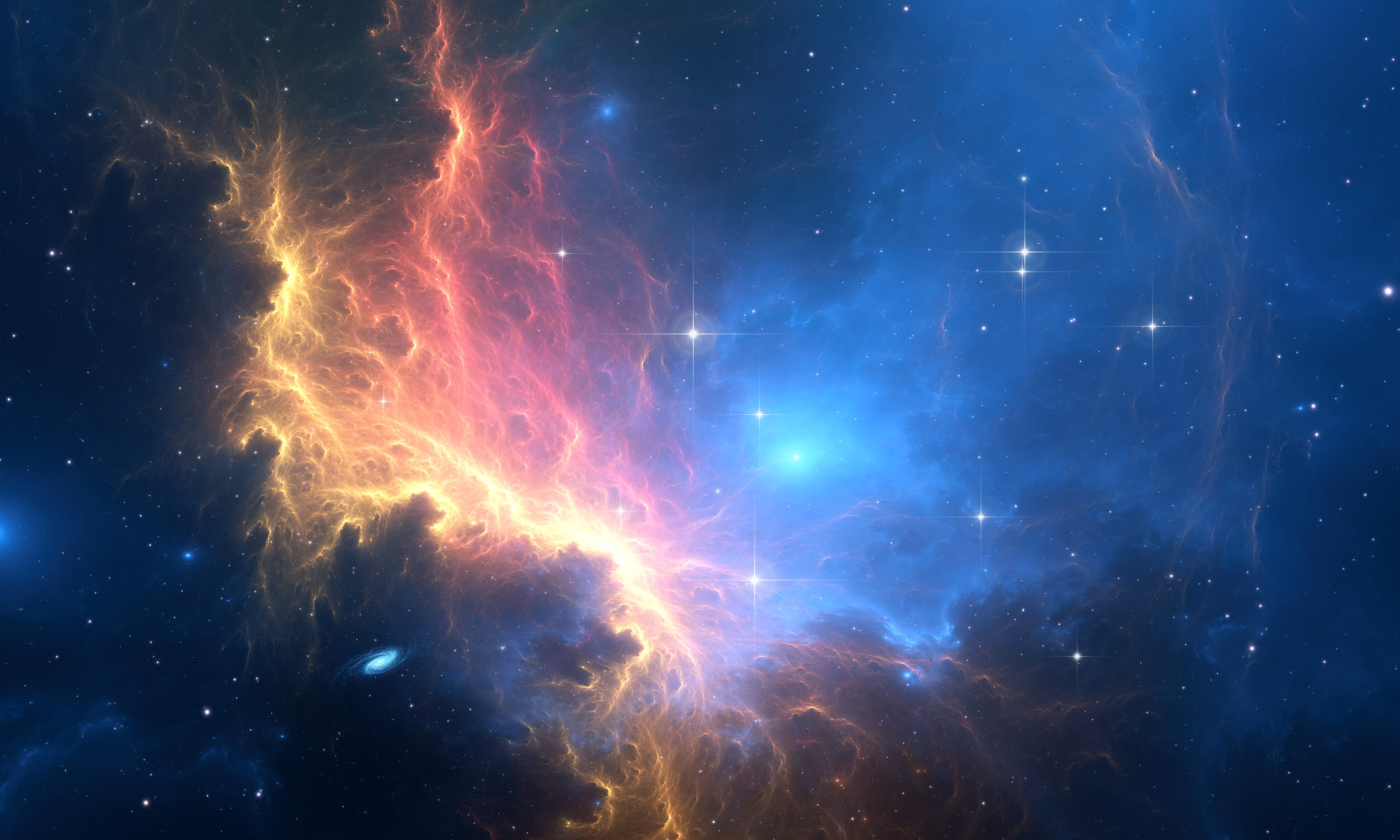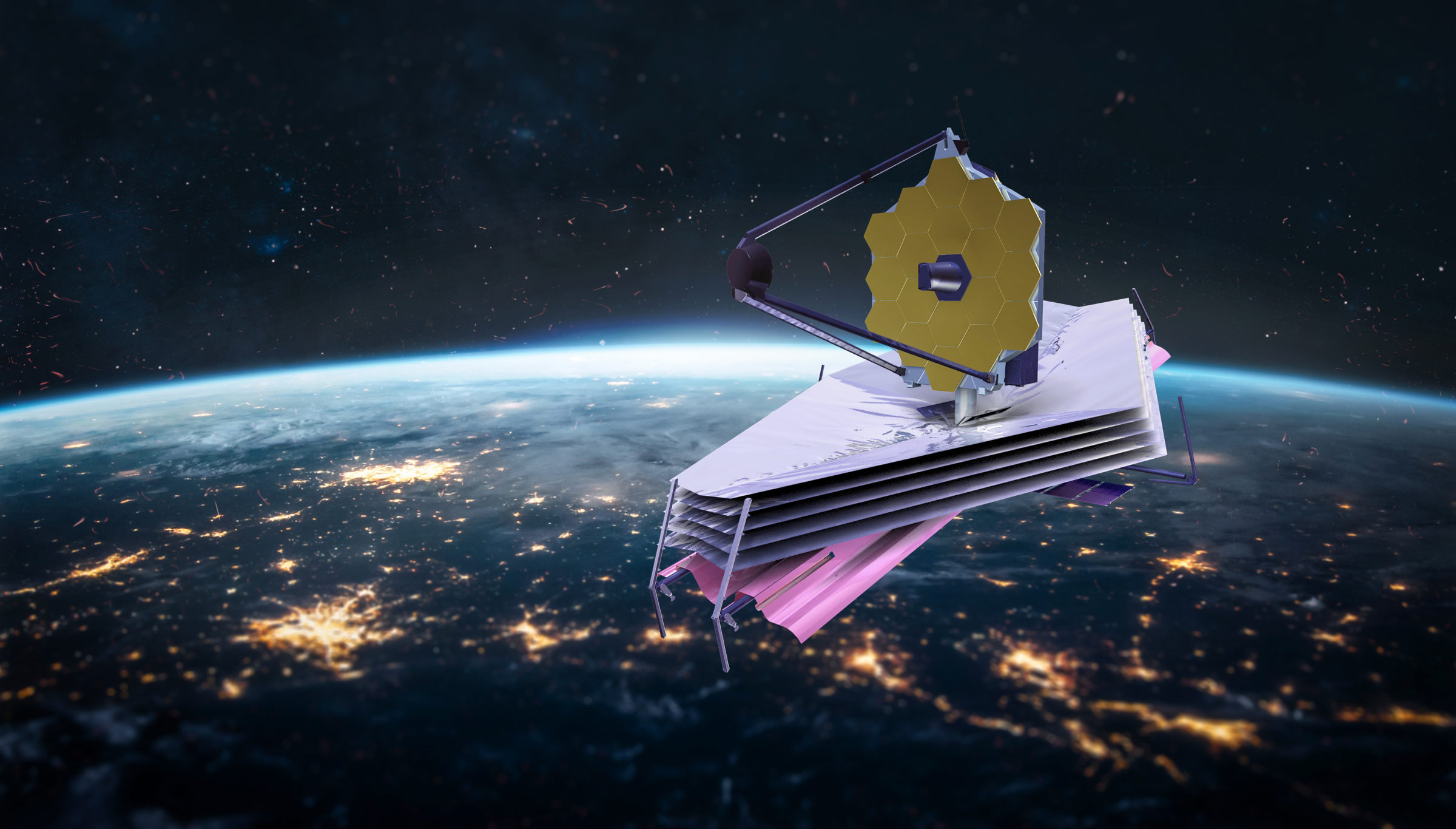
Here’s Why James Webb Telescope Discoveries Are Causing Scientists To Rethink Galaxy Formation (But Not The Big Bang)
Theories about the origin of the universe inevitably raise profound questions. So when science writer and independent physics researcher Eric Lerner reported that NASA’s new James Webb Space Telescope (JWST) had collected images disproving the widely-accepted Big Bang theory, the ensuing media excitement was perhaps understandable. Writing in a journal published by the British Institute of Art and Ideas, Lerner reported that NASA’s new telescope detected galaxies that are older and more numerous than astronomers expected. He then argued that this discovery supported his decades-old claim that “the Big Bang never happened” and also that astronomers are “panicking” about this. Though many media outlets picked up the story, astronomers aren’t actually worried and for good reason. The Big Bang affirms Read More ›


